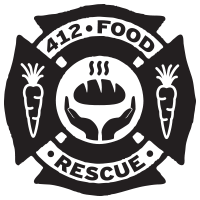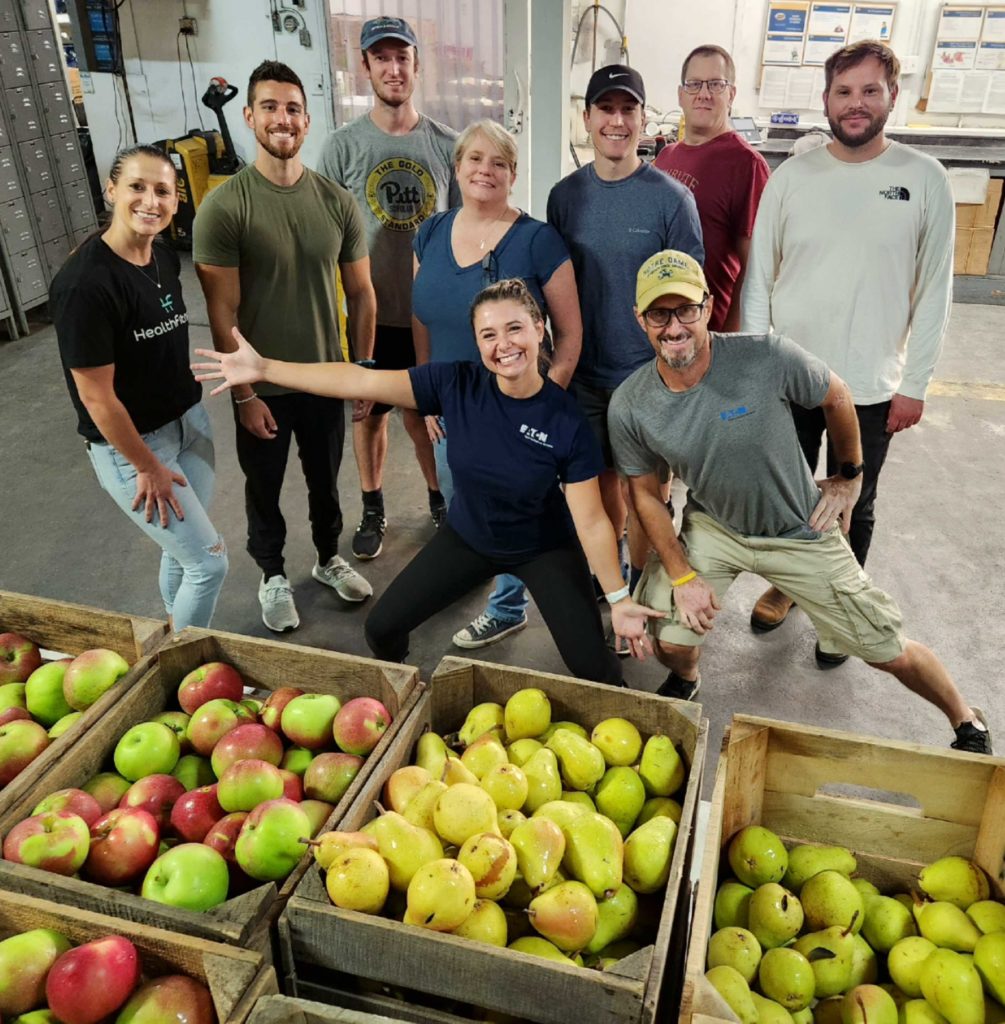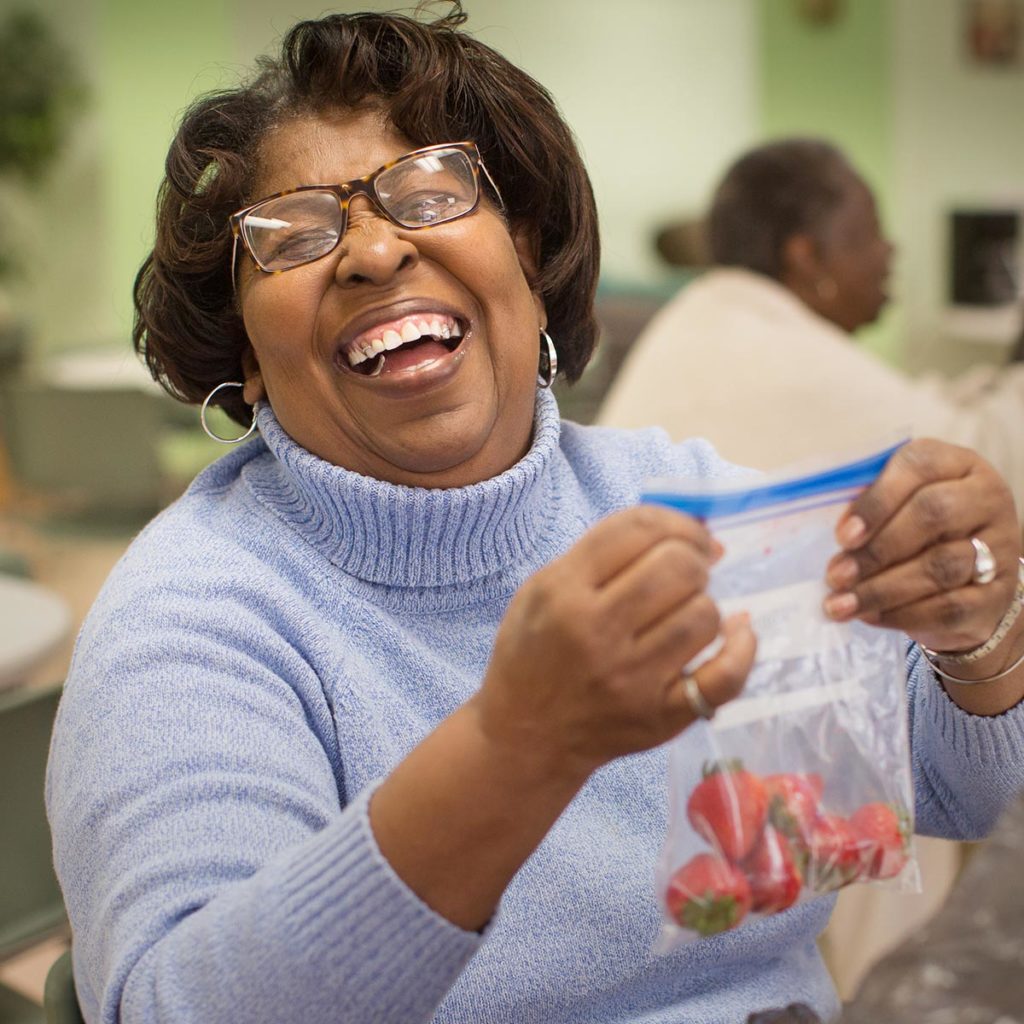Do you value nutritious food? I bet that you do. Most of us would claim this is a basic need. According to the National Institute of Minority Health and Health Disparities in 2020, “almost 15% of U.S. households were considered food insecure.” [1]
Now let me ask you another question, have you heard the phrase “Social Determinants of Health” or “SDOH”? The World Health Organization states that “they are the conditions in which people are born, grow, work, live, and age, and the wider set of forces and systems shaping the conditions of daily life.” [2] Their existence can result in a positive or negative health outcome for an individual.
Some examples of SDOH include:
- Food insecurity
- Housing
- Unemployment
- Education
When examining food insecurity, those individuals who have limited access to a grocery store with nutritious food choices or are unemployed or impoverished are at high risk for food insecurity. Some individuals experience a negative impact to more than one SDOH simultaneously. At times, individuals and families may be forced to make a choice between healthy foods or other essential resources, like housing.
The Office of Disease Prevention and Health Promotion noted that when individuals lack access to healthy foods they have an increased risk for “heart disease, diabetes, and obesity” [3] More specifically we know that food insecurity can lead to:
Nationally, Healthy People 2030, a US government sponsored initiative, is working to improve the health and wellbeing of individuals through the creation of core objectives that address ways to create equal access to resources, like food, within our communities. [3] One objective is economic stability of which nutrition and healthy eating is a subset.
Locally, in Pittsburgh it is found that 1 in every 5 residents have experienced food insecurity and 75% of those identified as impoverished do not have access to transportation to obtain food independently.[6] 412 Food Rescue’s goal, in partnership with local businesses, non-profit partners and volunteers, work to correct this disparity, by using surplus food to prevent food waste and food insecurity.
Listed below are some of their initiatives:
- Using technology to match food donations to appropriate non-profit partners.
- Engaging volunteers to ensure food delivery to non-profit partners in a safe and timely manner.
- Crafting delicious meals that are ready to heat and eat with the Kitchen Prep program.
- Working with local food establishments who innovate with surplus food ingredients to create one-of-a-kind collaboration products.
- Home Delivery of rescued food
Social determinants of health may set the scene for resource disparity, and negative health consequences, but it doesn’t have to remain that way. Through these initiatives, 412 Food Rescue works daily to decrease food waste and improve the health and wellbeing of our community members through food surplus rescue. To date, they have diverted 22 million pounds of food waste in Western Pennsylvania. [6] Food creativity, technology, and the goodwill of partners, corporate sponsors and volunteers have resulted in a positive win against food insecurity in the Pittsburgh area.
If you have questions regarding volunteering, please contact: volunteer@412foodrescue.org or call/text 412-277-3831
References
-
“Food Accessibility, Insecurity and Health Outcomes.” National Institute of Minority Health and Health Disparities, www.nimhd.nih.gov/resources/understanding-health-disparities/food-accessibility-insecurity-and-health-outcomes.html. Accessed 22 July 2023.
-
“Social Determinants of Health.” World Health Organization, www.who.int/health-topics/social-determinants-of-health#tab=tab_1. Accessed 22 July 2023.
-
“Social Determinants of Health.” Social Determinants of Health – Healthy People 2030, health.gov/healthypeople/priority-areas/social-determinants-health. Accessed 22 July 2023.
-
“Tackling Food Insecurity among Pregnant Women.” This Is UIowa, stories.uiowa.edu/upstream-initiative-food-insecurity-pregnancy. Accessed 22 July 2023.
-
Pai, Shilpa, and Kandy Bahadur. “The Impact of Food Insecurity on Child Health.” Pediatric Clinics of North America, Apr. 2020, pubmed.ncbi.nlm.nih.gov/32122567/.
-
“Home – 412 Food Rescue.” 412foodrescue, 412foodrescue.org/wp-content/uploads/2022/08/412_2022_Impact_Report_V11.pdf. Accessed 23 July 2023.








